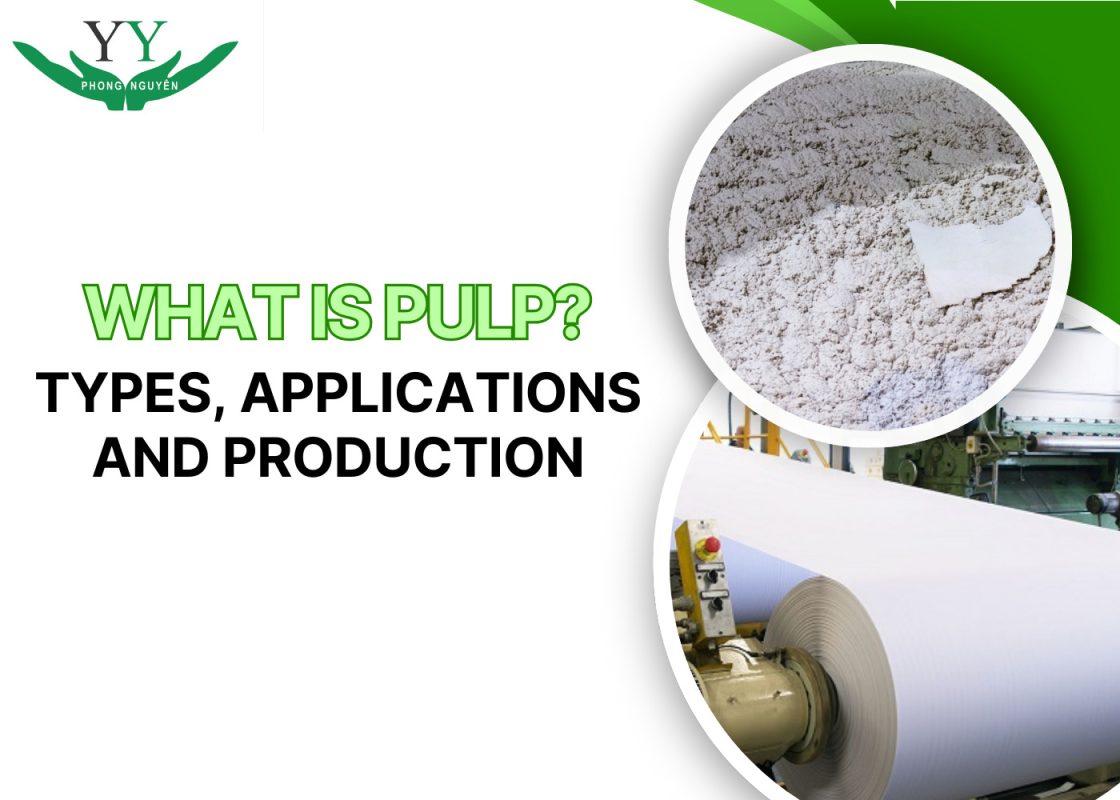Paper pulp plays an indispensable role in many industries today. As the primary raw material in paper production, it not only significantly helps reduce environmental impact but also paves the way for the development of sustainable products. This article will explain what pulp is, its uses, and the current process of pulp production.
What Is Paper Pulp?
Pulp, often referred to as recycled paper, is a fibrous material made primarily from lignocellulose.
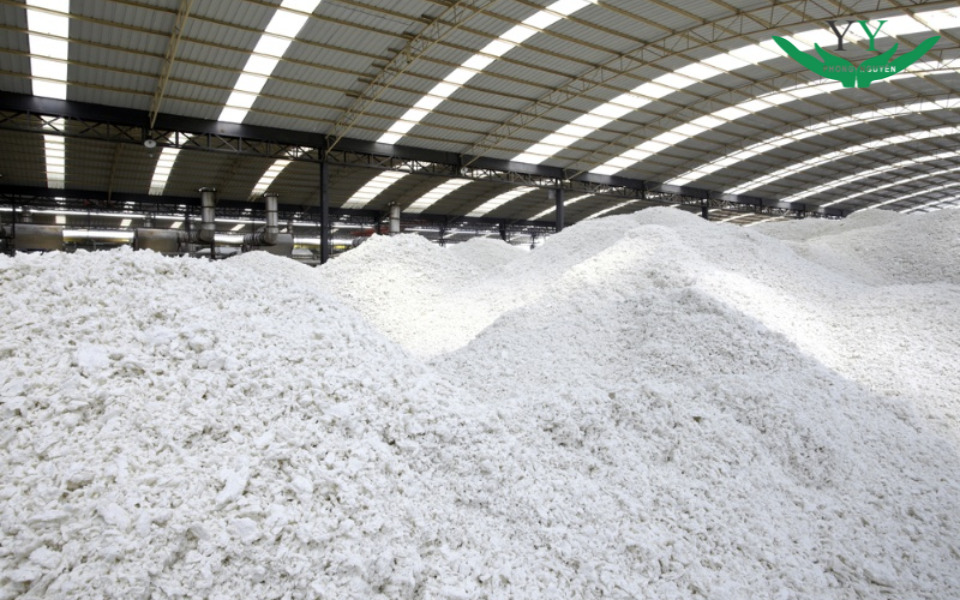
Paper pulp serves as the fundamental raw material in the paper manufacturing industry. Beyond its central role in paper production, pulp contributes significantly to environmental sustainability by reducing ecological impacts and supporting the development of eco-friendly products.
Origins of Pulp
Historically, pulp was derived from cotton fibers and tree bark. However, as cotton became scarce, wood emerged as a more efficient and abundant alternative. Wood is rich in cellulose and yields high-quality pulp, with common sources including pine, oak, eucalyptus, and birch.

The increasing reliance on wood has raised concerns about deforestation, especially given the growing demand for paper. To address this, modern paper pulp production also utilizes recycled paper and non-wood materials such as bagasse, straw, bamboo, reeds, and grasses. These alternatives help mitigate environmental impacts and promote sustainable development within the paper industry.
Types of Paper Pulp
Pulp can be categorized based on raw materials, production methods, bleaching processes, and specific properties:
By Raw Material
- Wood Pulp: Produced from softwood (e.g., pine, fir) or hardwood (e.g., eucalyptus, acacia), this is the most common source in the paper industry.
- Non-Wood Pulp: Derived from non-woody plants like bamboo, bagasse, straw, cotton, and flax. These sources are gaining attention for their sustainability and potential to reduce reliance on wood.
- Recycled Pulp: Made from recovered paper products, this type supports waste reduction and environmental conservation.
By Production Method
- Mechanical Pulp: Created by physically grinding wood logs or chips. While this method offers high yield, the resulting fibers are shorter and contain more lignin, leading to lower strength and a tendency to yellow over time. Subtypes include Stone Groundwood (SGW), Refiner Mechanical Pulp (RMP), Thermomechanical Pulp (TMP), and Chemi-Thermomechanical Pulp (CTMP).
- Chemical Pulp: Involves using chemicals to dissolve lignin and separate cellulose fibers, producing high-purity, long, and strong fibers. Common processes are the Kraft (sulfate) and sulfite methods.
- Semi-Chemical Pulp: Combines chemical pre-treatment with mechanical refining. This approach balances yield and fiber quality, offering better strength than mechanical pulp and higher efficiency than chemical pulp.
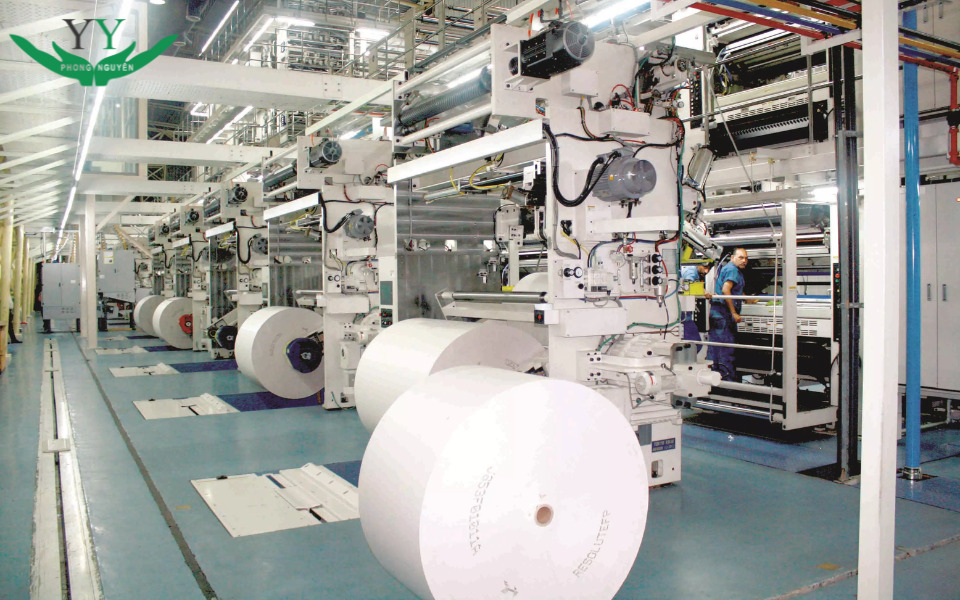
By Bleaching Level
- Unbleached Pulp: Retains the natural color of the raw material, typically brown or gray. It offers high strength but may not be suitable for applications requiring whiteness.
- Bleached Pulp: Treated with bleaching agents to achieve a bright white color, making it ideal for high-quality printing, writing papers, and premium hygiene products. Bleaching methods vary and can affect both the strength and environmental footprint of the pulp.
By Specific Properties
- Dissolving Pulp: A high-purity chemical pulp with elevated cellulose content, used in producing regenerated cellulose products like rayon and cellulose acetate.
- Paper Pulp: Standard pulp used for manufacturing various paper and cardboard products.
- High-Strength Pulp: Typically derived from softwood or specialized fibers, this pulp is used in applications requiring enhanced mechanical strength.
Paper Pulp Production Process
Producing pulp involves a series of meticulously controlled steps combining modern techniques and stringent quality assurance.The goal is to break down raw materials to release cellulose fibers, achievable through mechanical, chemical, or hybrid methods.
1. Raw Material Preparation
Harvested materials are thoroughly inspected and sorted to ensure only suitable inputs proceed. They are then debarked, cleaned, and chipped into uniform sizes, enhancing the efficiency of subsequent processing stages.
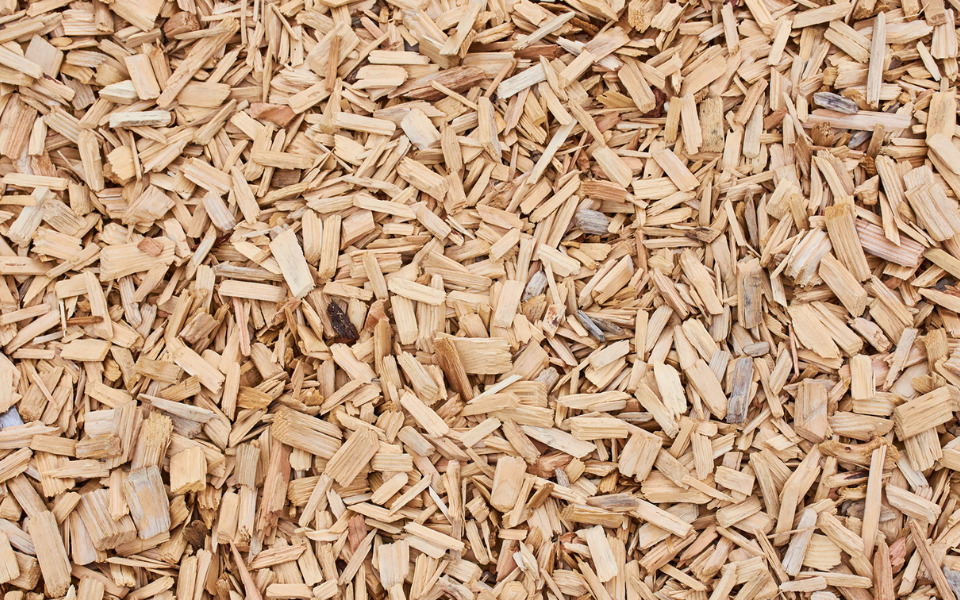
2. Pulping
The prepared chips undergo pulping, where they are either mechanically ground or chemically cooked to separate cellulose fibers from lignin and other components. Chemical pulping typically involves cooking the chips in a chemical solution under high pressure and temperature, dissolving unwanted substances and isolating the desired fibers.
3. Washing
After the pulp has been cooked (in chemical or semi-chemical processes) or ground (in mechanical processes), it needs to be thoroughly washed to remove residual chemicals, dissolved lignin, and other impurities. At this stage, the pulp has undergone partial cleaning.
Next, the pulp is passed through screening systems to remove large wood particles, clumps of poorly processed pulp, and other contaminants. Centrifugal cleaners are also used to eliminate heavier particles such as sand and grit.
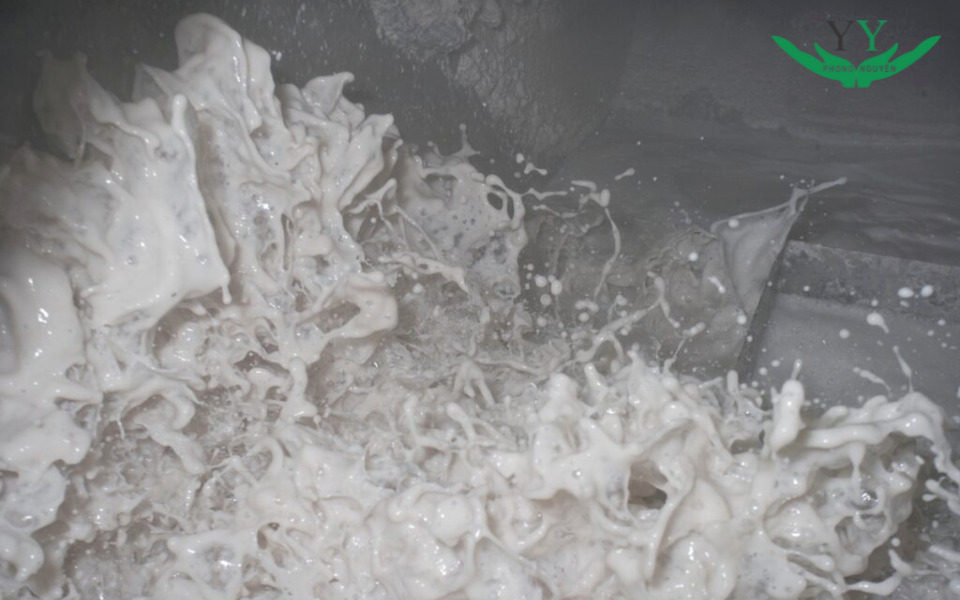
4. Bleaching
If a high degree of whiteness is required, the pulp undergoes bleaching using environmentally friendly agents. This process enhances brightness while maintaining fiber integrity and minimizing ecological impact.
5. Sheet Formation
The refined pulp is diluted with water to form a slurry, which is then spread onto a moving mesh screen. Water drains away, leaving a mat of interwoven fibers. This wet sheet is pressed and dried to form paper with desired thickness and strength.
6. Pressing and Drying
The damp paper passes through rollers to expel additional moisture and improve bonding. It is then dried using heated systems to achieve the final moisture content, followed by optional finishing processes like calendaring, cutting, and packaging, depending on the intended application.
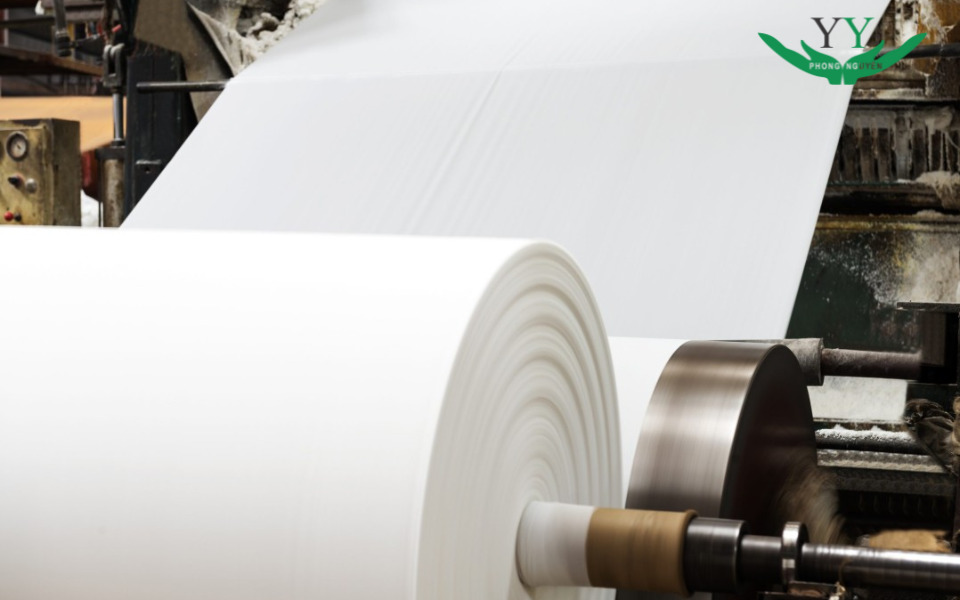
Applications of Pulp
Paper pulp’s versatility extends beyond traditional paper products, playing a crucial role in various industries:
- Paper and Packaging: Essential for producing printing paper, writing paper, tissue, cardboard, cartons, and eco-friendly packaging materials
- Construction Materials: Used in manufacturing insulation and soundproofing materials, as well as fiberboards, contributing to energy-efficient and sustainable building practices.
- Textile Industry: Pulp rich in cellulose is the base material for producing viscose fibers — a type of regenerated fiber known for its softness and absorbency, widely used in clothing and textiles.
- Hygiene Products: Pulp is a key component in the manufacture of hygiene items such as toilet paper, tissues, diapers, cotton pads,…
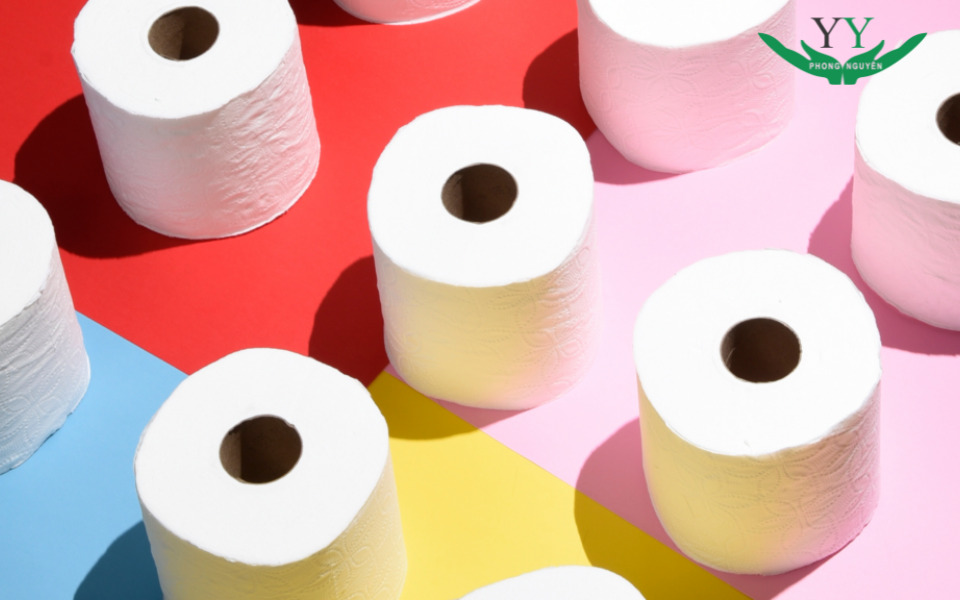
- Food Industry: Certain types of highly purified pulp are used as safe additives in food processing, thanks to their non-toxic and biodegradable nature.
- Biomaterials and Plastic Alternatives: Innovations in paper pulp and cellulose technology are leading to the development of biodegradable products to replace plastic. Moulded pulp can be formed into disposable plates, bowls, and utensils, helping reduce plastic waste.
- Energy and Electronics Technology: Pulp-based materials are being explored for use in insulation, electrodes for batteries, supercapacitors, and biofuel cells. This opens new possibilities for clean energy and sustainable electronic solutions.
- Agriculture: In farming, pulp contributes to creating biodegradable mulch films, controlled-release systems for fertilizers and pesticides, and growing media for hydroponic cultivation.
Conclusion
Pulp is not just a basic raw material but also a sustainable solution across various modern industries. Understanding its production process and wide-ranging applications can help businesses optimize resources, reduce costs, and support environmental conservation. We hope this article from Phong Nguyen has helped you gain a deeper understanding of what paper pulp is and provided valuable insights into its uses and benefits.

